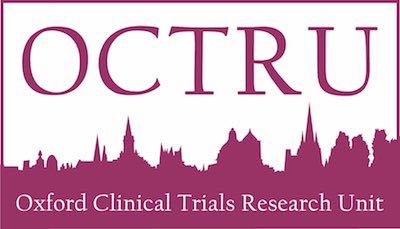Rationale
Nail bed injuries are the most common hand injury in children in the UK. Treatment usually involves surgical repair of a laceration located underneath the fingernail. To do this the fingernail is removed, the laceration repaired, and the fingernail can be replaced or discarded.
Historically the nail was replaced routinely but recent evidence indicates not replacing the nail may reduce the incidence of infection and post operative complications. NINJA-P, a pilot study was conducted across 4 hand-surgery centres in the UK, funded by the BSSH and the Royal College of Surgeons. It recruited 60 patients and demonstrated the viability of a large randomised trial in an area where such trials are rare. The pilot study resulted in 2 publications, in Pilot and Feasibility Studies and in the British Journal of Surgery.
The NINJA trial is a multicentre, parallel group, randomised controlled trial comparing replacing the nail to the alternative practice of discarding (not-replacing) the nail as part of the surgical nail bed repair for the treatment of nail bed injuries.
This study will be undertaken at multiple UK sites, identified through the Reconstructive Surgery Trials Network (RSTN) over a 3 year period. Each patient will be followed up for 4 months after surgery.
Primary Objective
To assess the effects of replacing or discarding the fingernail by comparing the risk of infection and cosmetic appearance.
Primary Outcome Measures
- Confirmed incidence of infection (clinical assessment at 7-10 days and participant or parent/guardian reported with clinical notes at 4 months)
- Modified Zook Score assessing nail appearance at 4 months, considering 5 domains (shape, adherence, eponychium, surface quality and presence of split).
Secondary Objectives
- To assess whether there is a difference in participant or parent/guardian reported health-related quality of life and pain at 7-10 days and 4 months according to whether the nail is replaced or discarded.
- To conduct a parallel within-trial economic analysis to assess the cost effectiveness (including resource use) of replacing versus discarding the nail at 7-10 days and 4 months.
- To assess if any chronic infection has occurred within the last 4 months.
- To assess participant or parent/guardian reported satisfaction with nail healing.
Secondary Outcome Measures
- Health Resource Use and validated Quality of Life questionnaires administered at 7-10 days and at 4 months.
- Level of pain experienced by the child at their first dressing change according to the child or judged by the parent/guardian.
-
Participant reported incidence of infection with clinical notes confirmation.
- Child or parent/guardian satisfaction with nail healing (if old enough) and parents/guardians at 4 months.
Join NINJA
If your hospital is not yet registered for NINJA, download a copy of the site synopsis and the site feasibility questionnaire (linked at side of page), and contact the NINJA Trial team using the "contact us" link, or using the details at the bottom of the page.








